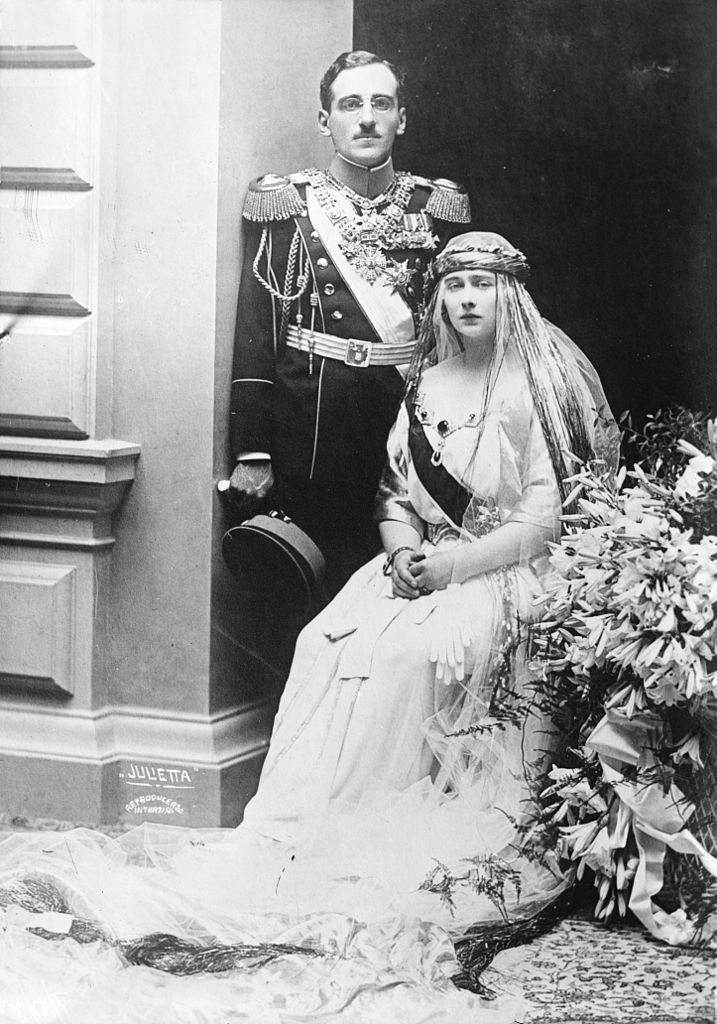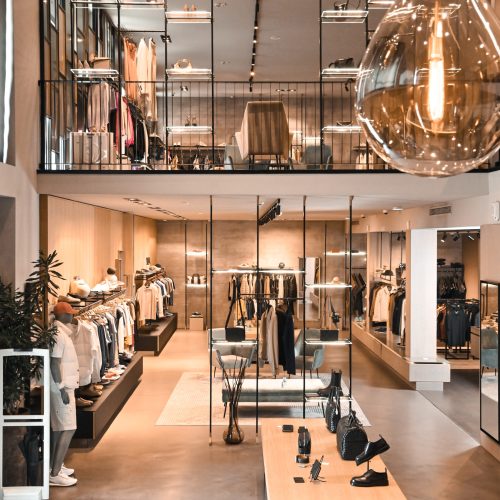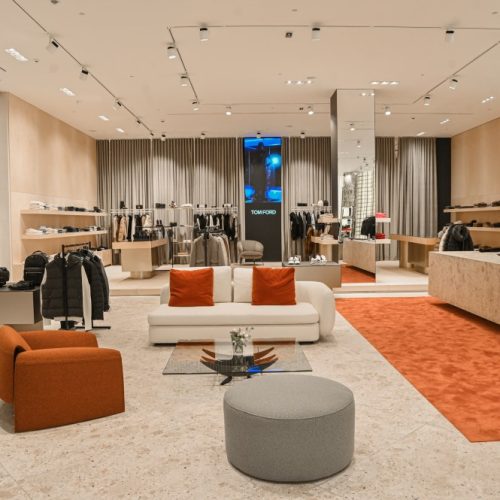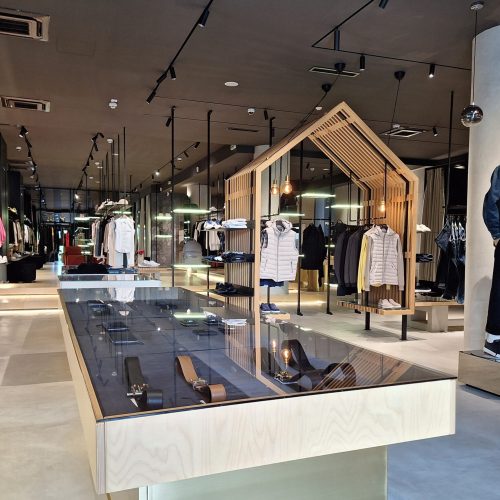Even during her upbringing, Queen Maria, as a member of the European aristocracy, developed a poised and elegant fashion style, which in our environment was kindly interpreted as an expression of modesty. Thus, at the beginning of 1941, in the magazine Nedeljne ilustracije, Queen’s visit to a charitable book exhibition was recounted, during which she, with a modest hairstyle and even more modestly dressed, left speechless luxuriously dressed ladies from the best Belgrade houses. However, documentation related to the procurement of the Queen’s clothing, preserved in the Archives of Yugoslavia in Belgrade, shows that she, in line with her status of ruler’s wife, purchased clothing from leading Parisian haute couture houses such as Worth, Redfern, Drecoll, Patou, Martial & Armand, and Lelong.
Queen Maria’s wedding dress was tailored at the Maison Nouvelle fashion salon in Bucharest, along with several other ceremonial dresses she brought with her upon arrival in Belgrade in 1922. Queen Maria’s mother, Queen Maria of Romania, was also considered a style icon, and, when it comes to fashion, one should not overlook the fact that Romania is one of the countries with a long and rich tradition of clothing, which occupied an important place in the public representation of elite social strata. Since she shared the same name as her mother, the Yugoslav queen was also known by the nickname Mignon.
During the interwar period, fur clothing was an obligatory part of women’s wardrobes. Queen Maria purchased fur in Paris, and it is known that in 1927, she bought a Siberian squirrel coat at the famous Belgrade shop of Đura Janošević, located on Knez Mihailova Street, at the site of today’s bookstore in the building of the Serbian Academy of Sciences and Arts. In 1922 and 1923, she ordered from the fashion house Redfern a ceremonial velvet coat with ermine and 13 evening dresses made of velvet, lame, and lace, in black, gray, beige, gold, red, pink, and green, as well as in strawberry and fuchsia colors.
From the same fashion house, in 1926, the queen received two boxes of clothes, while during her stay in Paris in 1928, she ordered from Redfern 13 dresses in gray, white, and beige, including models Ole, Artemia, Fantasque, and Come Again, as well as gray and white sweaters, a coat, and an astrakhan fur coat. Two coats, an astrakhan set, fox fur, and one fur were acquired by the queen from Redfern in 1930. Interestingly, the talented Belgrade dressmaker Katarina Mladenović, active in the 1920s and known for her models adorned with various ornaments, worked for a while in the fashion house Redfern. Mladenović executed the ornaments with an original technique she devised and patented, painting the fabric with melted metals and synthetic gemstones.
The Redfern house was not only recognizable for the luxurious creations intended for members of high society. The house is also significant in the history of fashion as a pioneer in the production of clothing tailored to the needs of modern women and outdoor activities such as walking, driving cars, playing tennis, cycling, or equestrian sports. Queen Maria herself was an excellent driver and a great lover of driving. She primarily ordered practical clothing from the fashion house Patou. In 1926, the queen bought a Caprice dress and a white felt hat from Patou, while the same year, a package of clothes was delivered to her in Belgrade by the Orient Express train from this fashion house. A representative of Patou, Miss Richard, came to Belgrade in 1927 to receive new orders from Queen Maria. Also, three packages with sports costumes for the queen arrived in 1925 from London.
In the fashion house Worth, the oldest Parisian haute couture house, Queen Maria bought an evening dress made of lame with a cloak and fur in 1934. That same year, after the assassination of King Alexander in Marseille, she ordered mourning attire from this fashion house – a crêpe georgette dress, an afternoon coat, two hats, two veils, a Roman dress, and a Roman cloak. Numerous preserved photographs and painted portraits testify to the elegance of Queen Maria, who was exceptionally beloved and respected by the people.
Draginja Maskareli
Museum advisor – Art and Fashion Historian
1. Wedding photograph of King Alexander and Queen Maria, 1922; photo: Wikimedia Commons / public domain / Library of Congress
2.Romanian Queen Maria, mother of Yugoslav Queen Maria, at the baptism of Crown Prince Peter, 1923; photo: Wikimedia Commons / public domain / Gallica
3.Milena Pavlović – Barilli, Queen Maria, 1923; photo: Wikimedia Commons / CC BY-SA 4.0 DEED / Milena Pavlović – Barilli Gallery
4.Queen Maria on the cover of the magazine Žena i svet, Belgrade, 1928; photo: Wikimedia Commons / CC0 1.0 DEED / Digital National Library of Serbia
5.Queen Maria, 1931; photo: Wikimedia Commons / public domain / Digital Library of Slovenia








